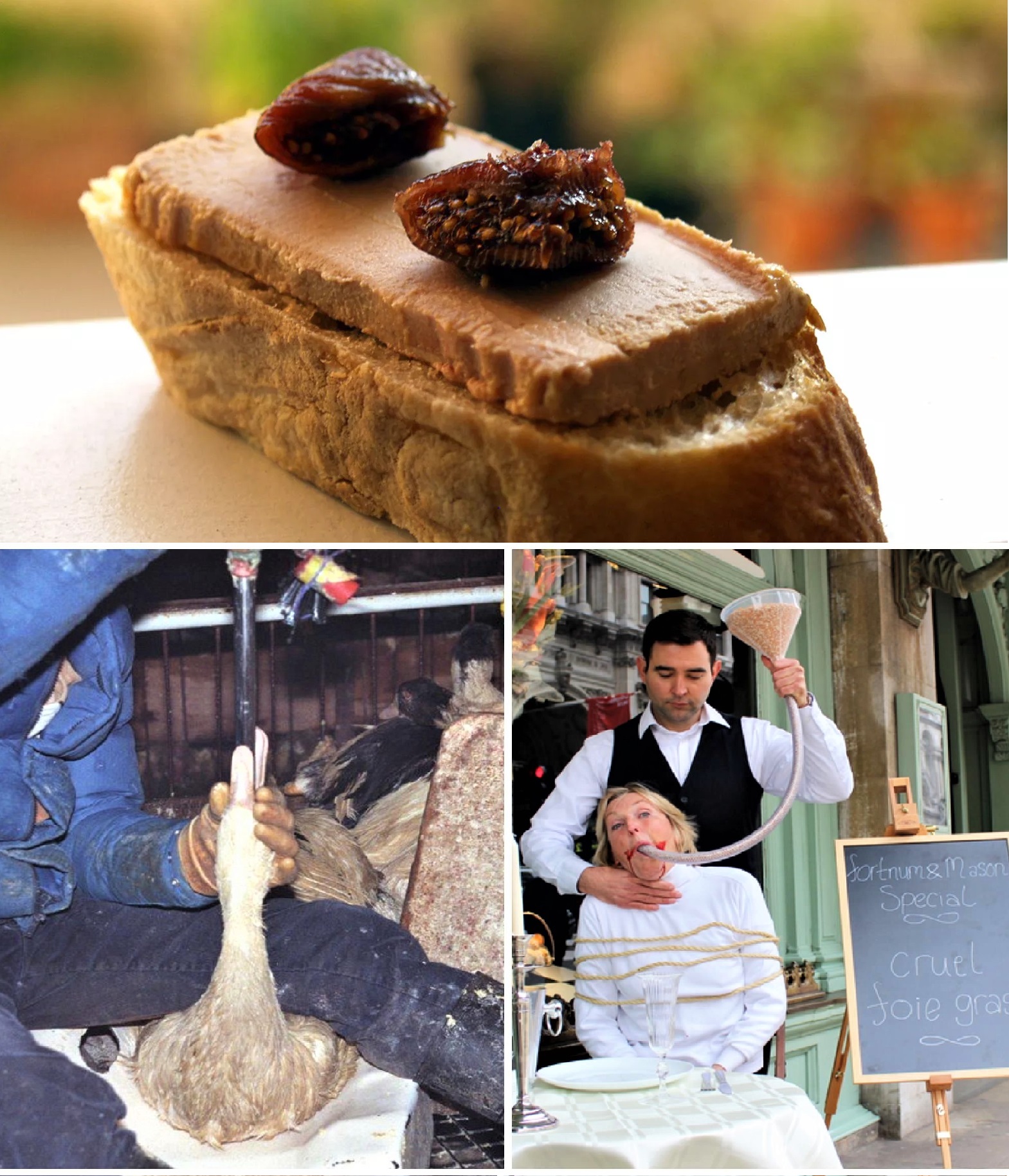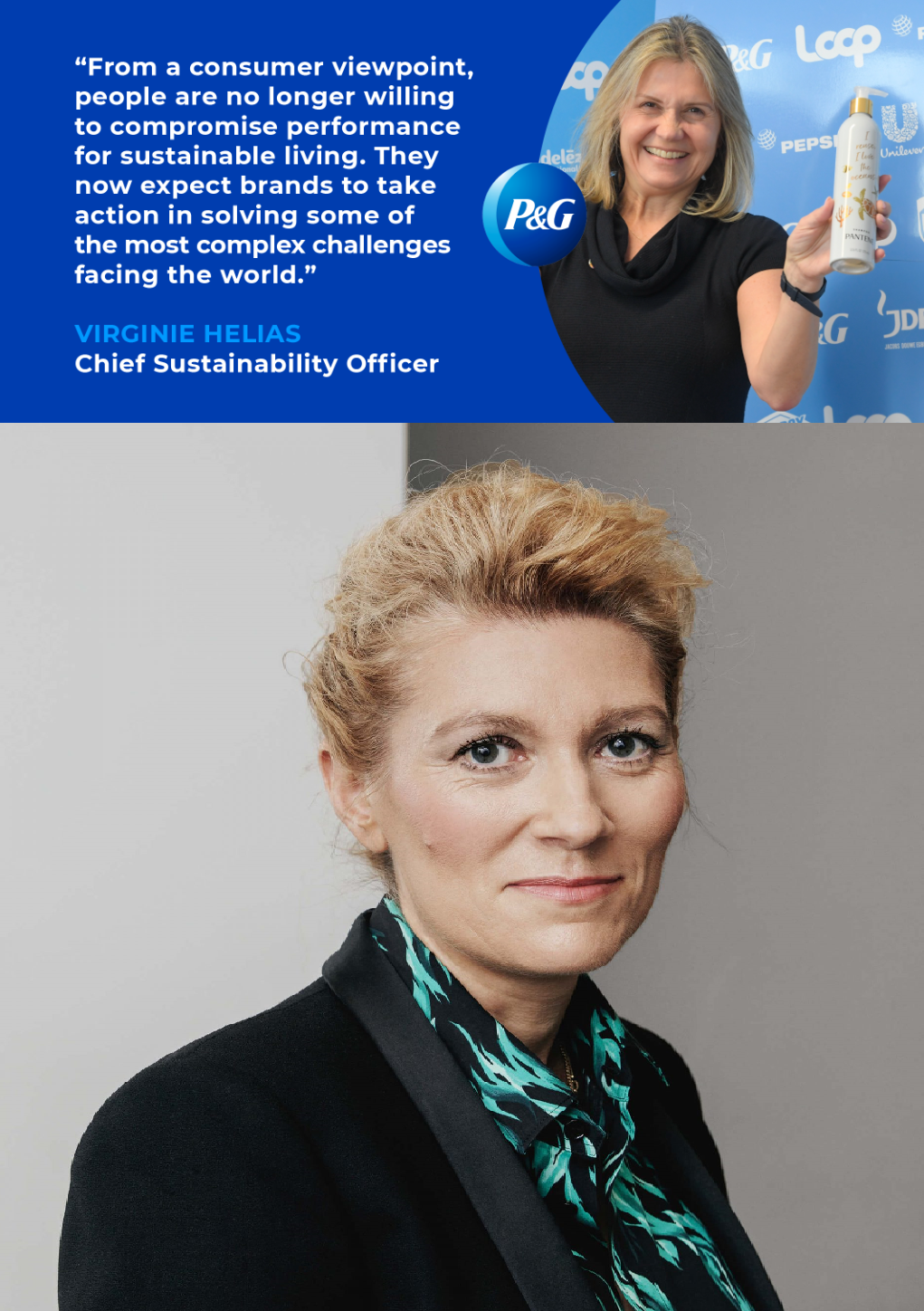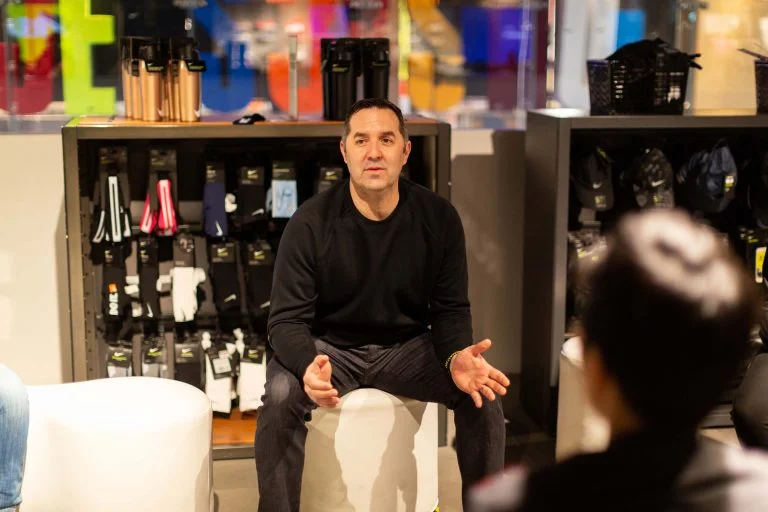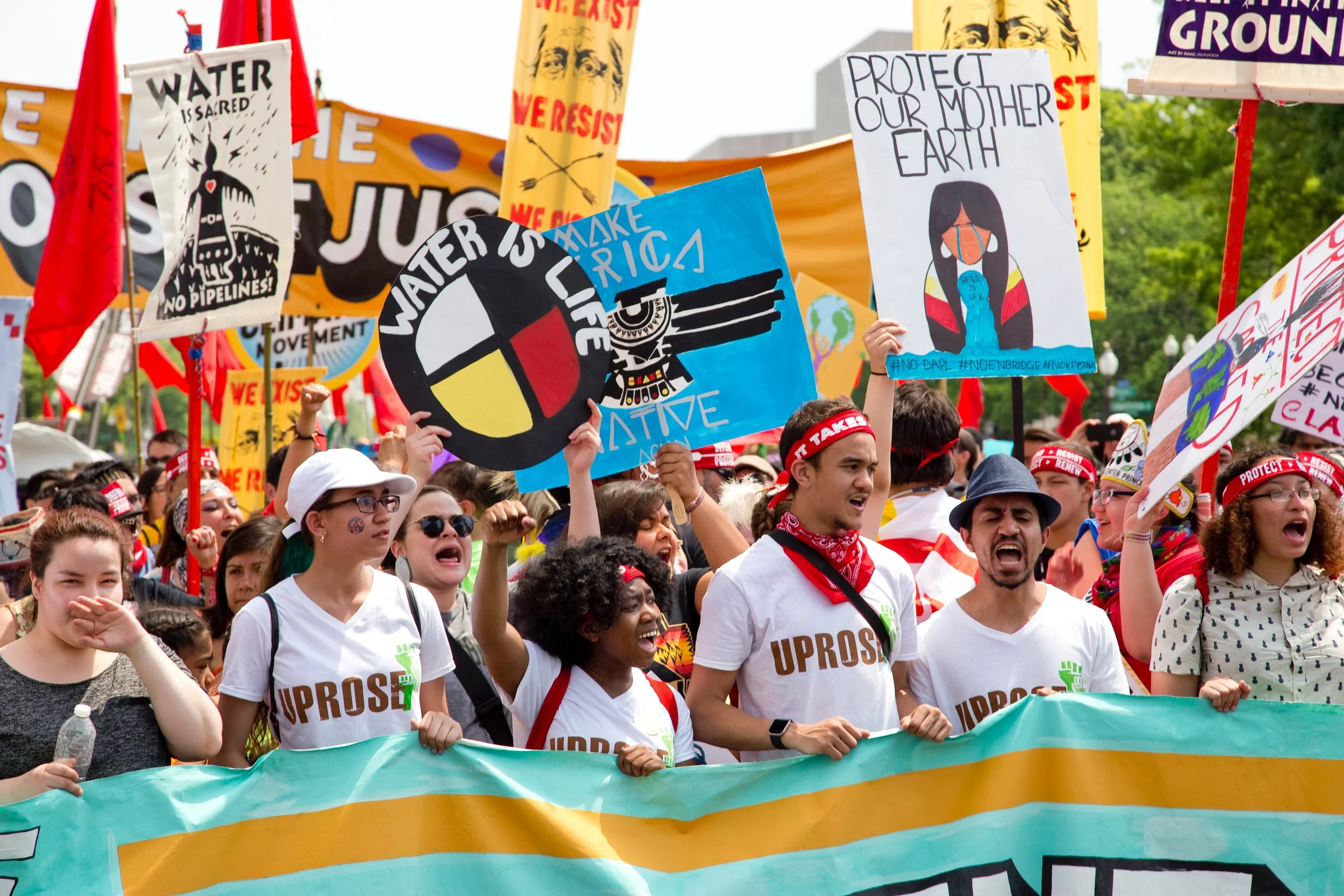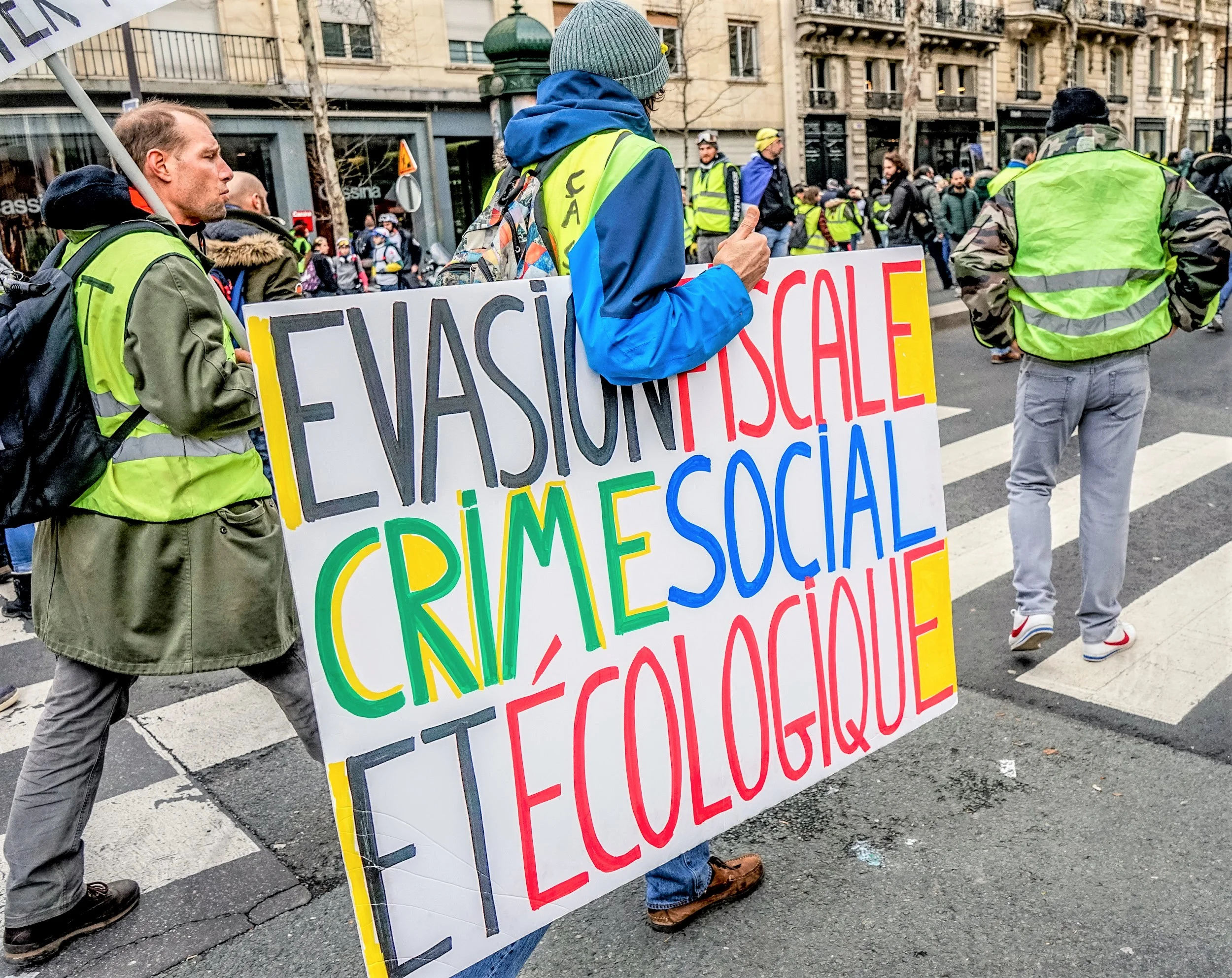Could Climate Change Fuel the Rise of Right-Wing Nationalism?
/Could Climate Change Fuel the Rise of Right-Wing Nationalism?
By Joshua Conrad Jackson, Doctoral Student, Department of Psychology and Neuroscience, University of North Carolina at Chapel Hill and Michele Gelfand, Distinguished University Professor, Department of Psychology, University of Maryland. First published on The Conversation.
Two trends have defined the past decade and both have been on display at this year’s session of the United Nations General Assembly.
One has been the escalating effects of climate change, which were the focus of the United Nations’ Climate Action Summit. Forest fires, floods and hurricanes are all rising in their frequency and severity. Eight of the last 10 years have been the warmest on record. Marine biologists warned that coral reefs in the U.S. could disappear entirely by the 2040s.
The other trend has been the surge of right-wing nationalist politics across Western nations, which includes Donald Trump’s election in the U.S., and the rise of nationalist political parties around the world.
Indeed, the first four speeches of the United Nations general debate were given by Brazilian right-wing populist Jair Bolsonaro, Trump, Egyptian dictator Abdel Fattah el-Sisi and far-right Turkish President Recep Erdogan.










